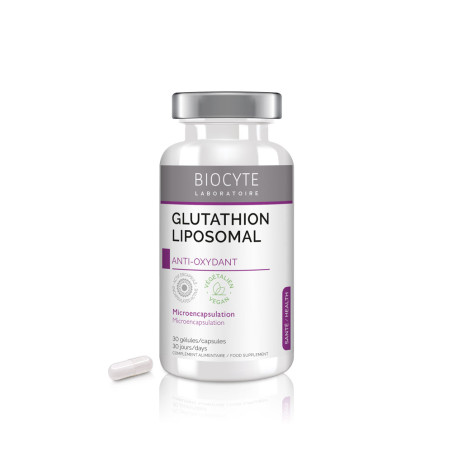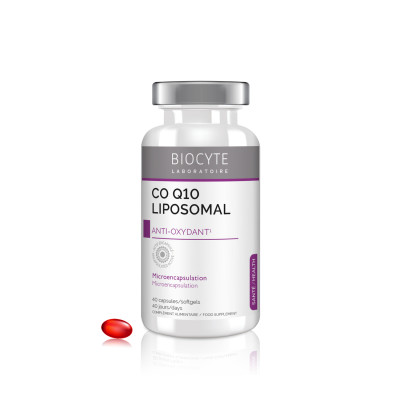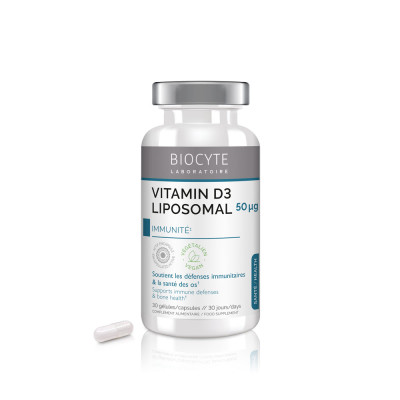What are free radicals?
Our body is made up of molecules. These contain atoms surrounded by electrons. The electrons naturally come together in pairs. When molecules gain an electron and therefore have an unpaired electron known as a 'single' electron, we call these molecules free radicals. Free radicals can form as a result of over-exposure to UV rays, pollution, smoking, etc.
A molecule with an extra electron is considered to be unstable. To regain its stability, a free radical will try to take another electron. The naturally occurring antioxidants in our body then become involved, as they have the ability to provide the free radicals with the missing electron. However, if the number of free radicals becomes too high, our antioxidant reserves may be insufficient meaning that they need to be provided externally.
An excess of free radicals in the body causes damage to the tissues and organs, rather like rust on metal.
What is glutathione and how does it work?
When free radicals appear, our body neutralizes them naturally when they begin to present a danger to our body. It produces numerous different antioxidants, including a small molecule called glutathione, which is made up of three amino acids (glycine, cysteine and glutamic acid). This molecule is an essential antioxidant for our body.
It is found above all in the liver, the organ responsible for eliminating toxic substances, as well as in the kidneys, pancreas, brain, etc.
There are 2 forms of glutathione: oxidized glutathione (bad glutathione) and reduced glutathione (good glutathione).
Reduced glutathione is a very active molecule that traps toxic substances, causes their transformation and eliminates them naturally (bile or urine).
Following this purifying action, the reduced glutathione is transformed into oxidized glutathione. So it is then necessary to generate a new reduced glutathione molecule.
With age, however, molecules are regenerated increasingly slowly, and there are greater quantities of oxidized glutathione than reduced glutathione. This bad glutathione gains the upper hand over the good glutathione.
Liposomal micro-encapsulation technology:
Micro-encapsulation is a technique that consists in protecting liquid or solid active ingredients by means of a spherical-shaped lipid membrane. This prevents the active ingredients from being eliminated by gastric juices or digestive enzymes.
Actions of Biocyte Glutathion Liposomal
With GLUTATHION LIPOSOMAL, you give your body a daily 100 mg dose of reduced glutathione. In addition, the liposomal vitamin C contained in this food supplement acts in synergy with the glutathione and protects cells from oxidative stress.






